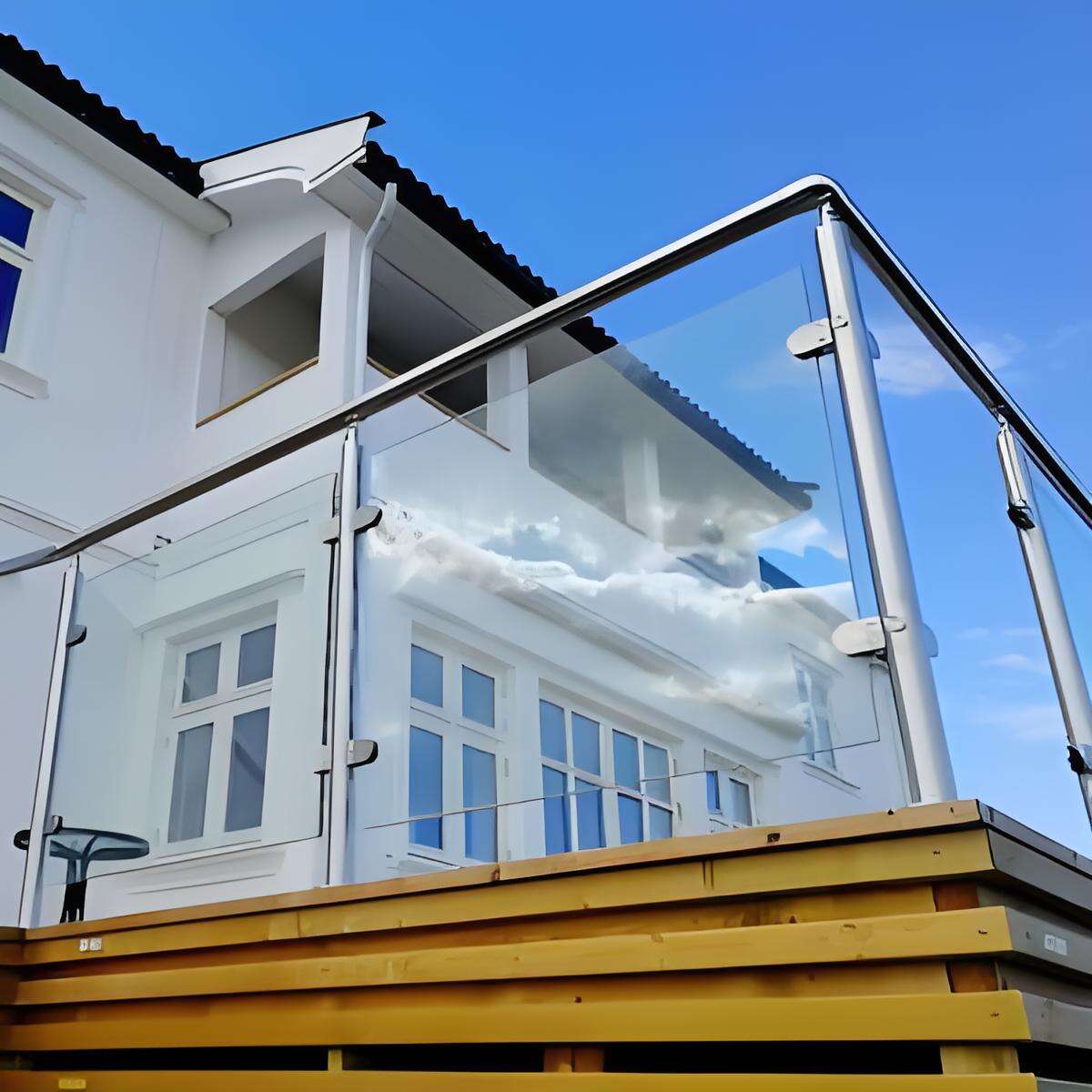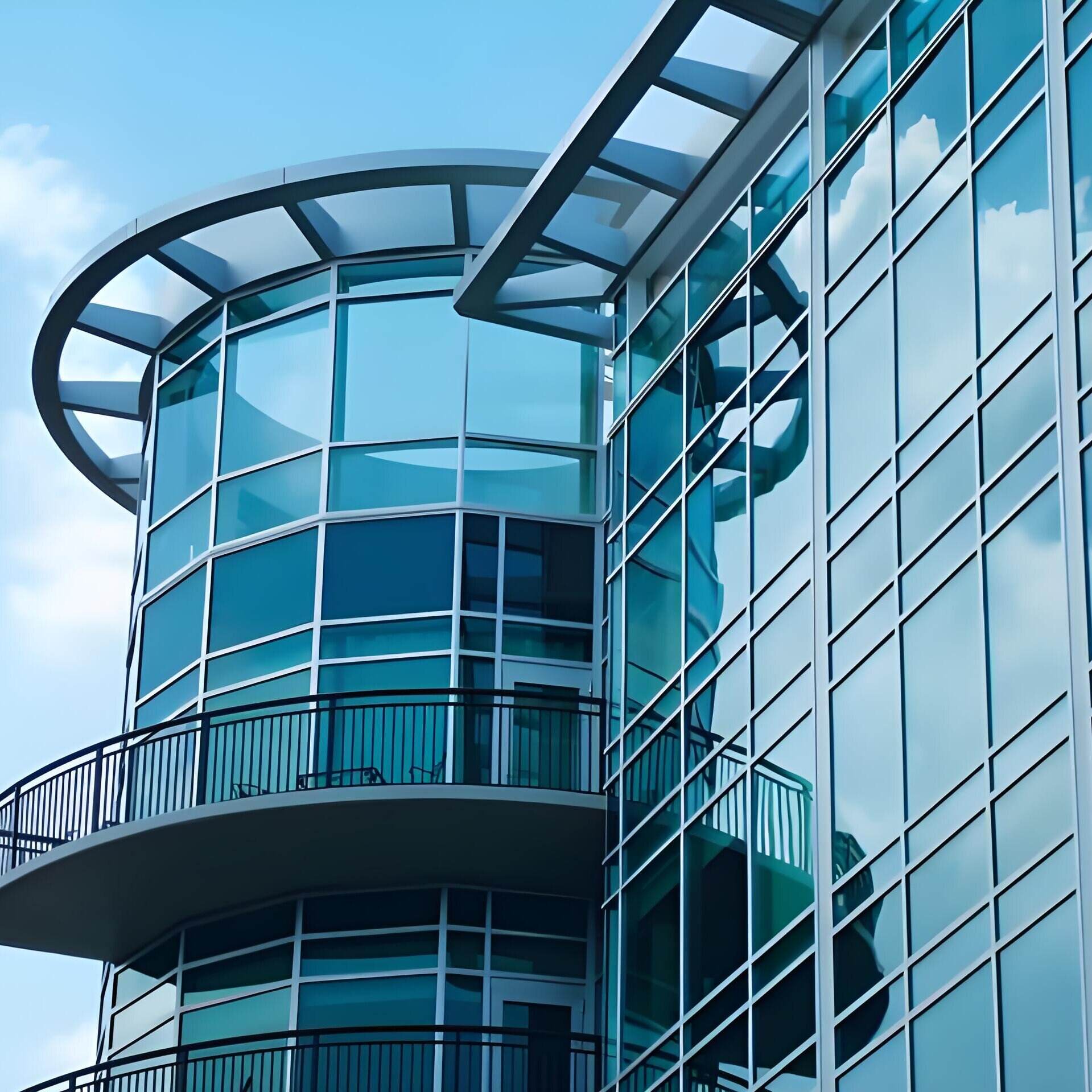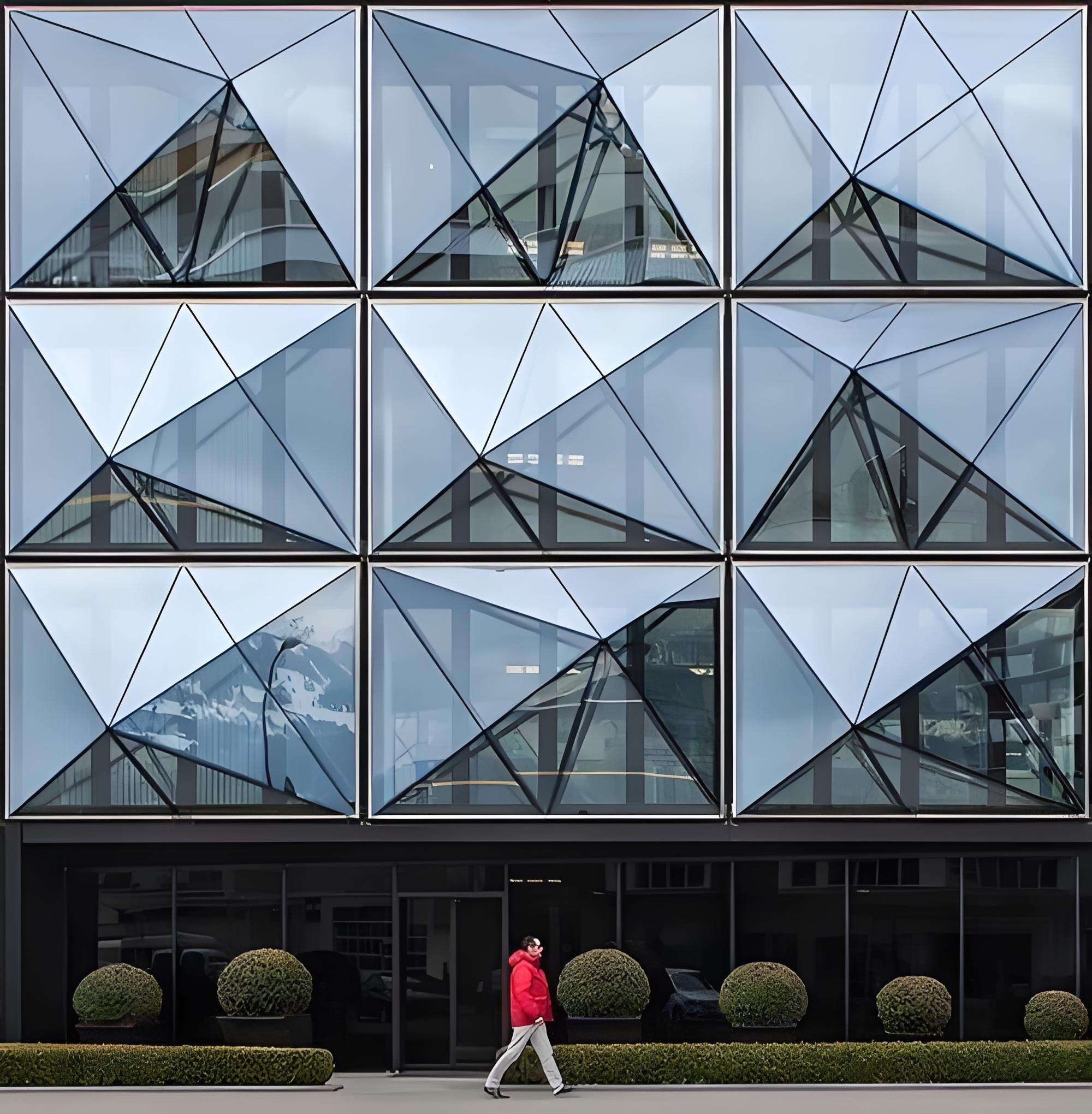low iron glass price
Low iron glass price represents a significant consideration in the architectural and solar energy industries, reflecting the advanced manufacturing processes and superior quality of this specialized glass product. This ultra-clear glass, manufactured with reduced iron content, typically commands a premium of 15-30% over standard glass due to its enhanced optical properties. The pricing structure varies based on thickness (ranging from 2mm to 19mm), size specifications, and volume requirements. The manufacturing process involves using specialized raw materials with minimal iron oxide content, typically less than 0.01%, resulting in exceptional light transmission rates of up to 91%. This superior clarity and reduced green tint make it particularly valuable for solar applications, high-end architectural projects, and display cases. The market price fluctuates based on factors such as raw material availability, energy costs, and manufacturing capacity. Despite the higher initial cost, the increased energy efficiency and improved aesthetic qualities often provide long-term value benefits. Current market trends indicate growing demand in solar energy applications, driving competitive pricing structures in the industry.


